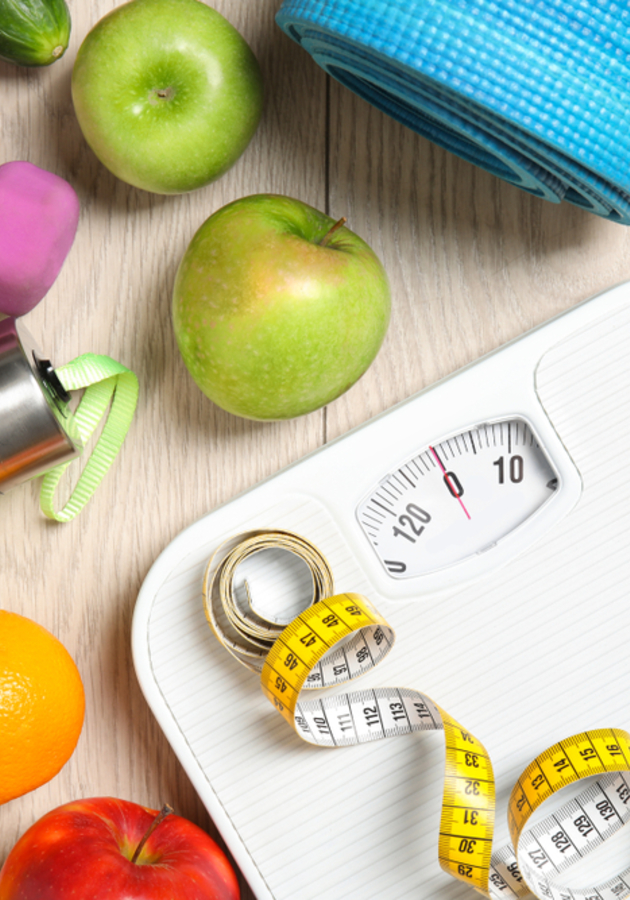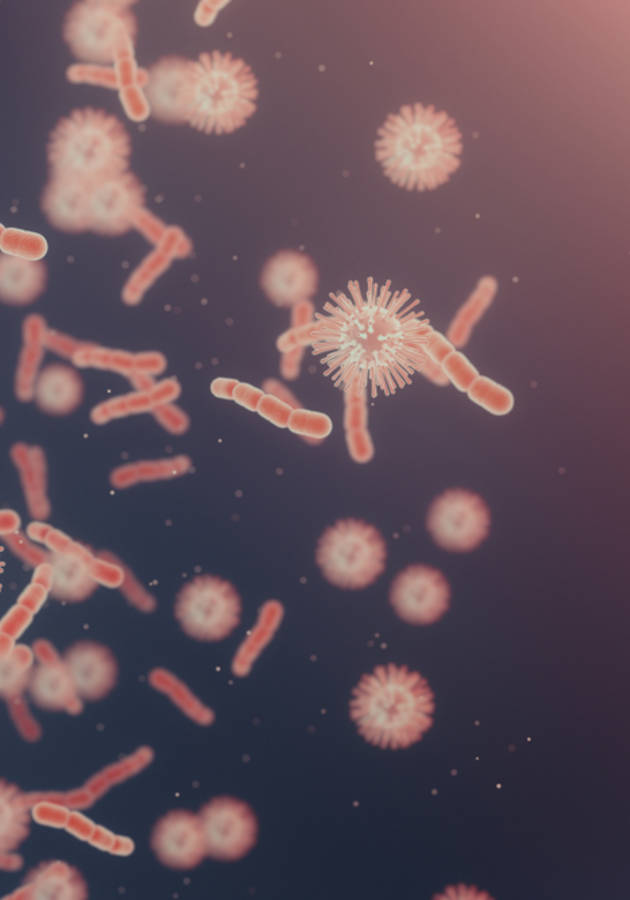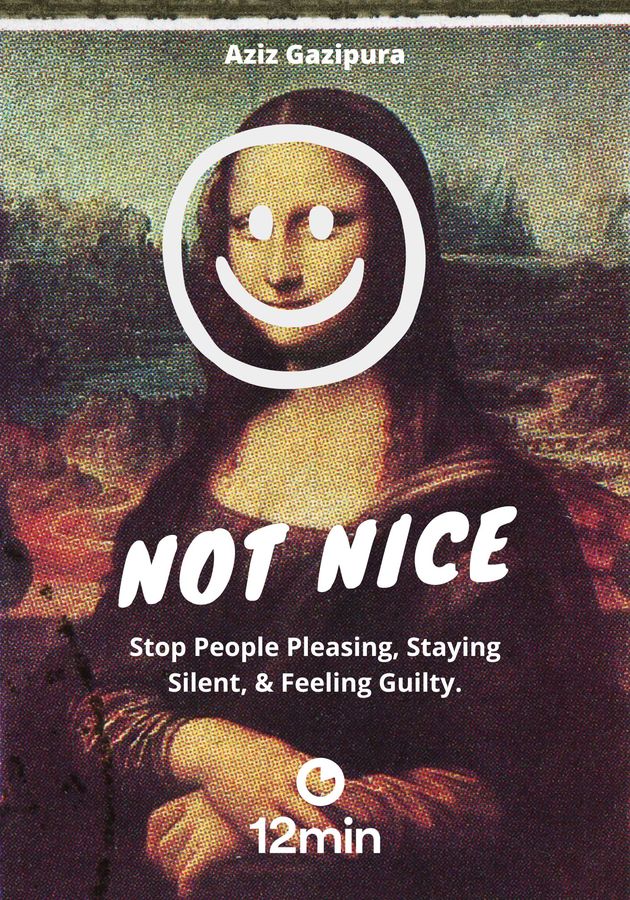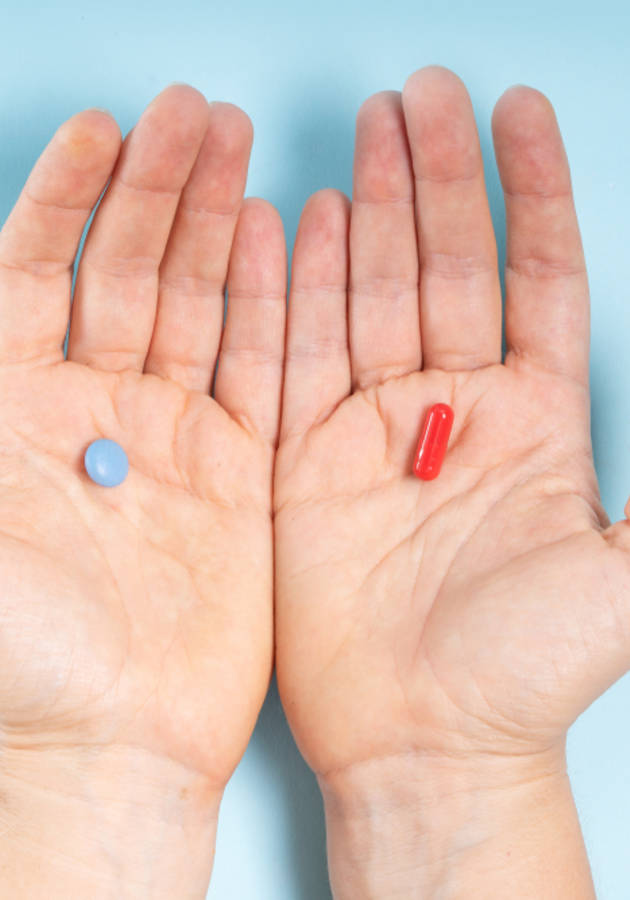The 15 leading causes of death claim the lives of more than 1.5 million Americans every year. “How Not to Die” isn’t a book about how to treat these acute or chronic illnesses, but rather a book about what to eat in order to prevent them. So, get ready to change your diet – as well as the length and quality of your life!
Being unhealthy – for a longer period of time
There may be no such thing as dying from old age. A 2005 Swedish autopsy study entitled “Do Centenarians Die Healthy?” published in “The Journal of Gerontology” discovered that not one of the 42,000 deceased people examined died of old age. Though most were perceived to have been healthy just prior death, all of them were found to have eventually succumbed to some disease, most commonly a heart attack.
Six years after this study, a disturbing analysis of mortality and morbidity appeared on the pages of the same journal. Its objective – to discover not just if Americans live longer now compared to about a generation ago, but also if the quality of their lives has improved. You likely know the answer to the first question since it’s repeated frequently by hopeful authors in optimistic books celebrating progress: yes, we do enjoy longer lives than at any time in human history. But are those extra years healthy ones?
Not for Americans. For starters, no country in the world spends more money on prescription drugs than the United States. The Mayo Clinic estimates that at least two out of three Americans take at least one prescription drug regularly. Yet, there are at least 30 countries in the world that rank higher than the United States in terms of life expectancy. Moreover, in terms of the average number of healthy years in a given lifetime, the United States fares even worse!
So, even though Americans live longer than previous generations did, they live fewer healthy years today than before. The reason? Diet. “Most deaths in the United States are preventable, and they are related to what we eat,” writes Greger straightforwardly. “Our diet is the number one cause of premature death and the number one cause of disability.” And yet, Greger points out from a 1998 study of almost 5000 patients and 140 physicians, “the average length of time primary-care doctors spend talking about nutrition is about ten seconds.” Why?
Genes, queens, aspirins, and various cuisines
It’s not difficult to guess why nutrition is less important to modern-day doctors than pills are. Simply put, doctors earn money for prescribing pills and doing surgeries, but are not compensated for giving healthy eating directions. In addition to constantly advertising their products, big pharmaceutical companies spend millions of dollars recruiting medical experts to prescribe them. As a result, global spending for prescription drugs is surpassing 0.65 trillion dollars annually – with the United States accounting for almost one-third of this market!
More importantly, owing to this fee-for-service medical model, Americans have grown accustomed to the idea that diseases and manners of death are genetically preprogrammed. However, “for most of the leading causes of death, the science shows that our genes often account for only 10 to 20% of risk at most.” Case in point: identical twins separated at birth get different diseases and die from different causes on account of their different diets. “Just because you’re born with bad genes doesn’t mean you can’t effectively turn them off,” remarks Greger.
If you still think this an exaggeration, consider the humble honeybee. Though queen bees and worker bees are genetically identical, queen bees live up to three years, while workers only live up to three weeks. The difference between the two is diet, more specifically a substance called royal jelly which queens are fed with from birth and workers aren’t allowed to eat. “The queen has the exact same genes as any of the workers, but because of what she ate, different genes are expressed, and her life and life span are dramatically altered as a result,” emphasizes Greger.
It’s pretty much the same with people. Believe it or not, “the rates of killers like heart disease and major cancers differ up to a hundredfold among various populations around the globe.” As a result, just moving from a low- to a high-risk country changes the disease rates for a person. As striking as it may sound, Japanese Americans in their 40s can have the same heart attack risk as Japanese people in their 60s – provided, of course, they have adopted the American diet. When it comes to health, genes are far less important than lifestyle – which accounts for about 78% of chronic disease risk! “Maybe it’s time we stop blaming genetics and focus on the more than 70% that is directly under our control,” writes Greger. “We have the power.”
How not to die from several diseases
Preventing chronic diseases is all about adhering to four simple healthy lifestyle factors: not smoking, not being obese, getting a half hour of exercise a day, and eating healthier. “How Not to Die” is a book about the last one of these factors or, more precisely, about one particular evidence-backed diet: the whole-food, plant-based diet. In essence, it is “an eating pattern that encourages the consumption of unrefined plant foods and discourages meats, dairy products, eggs, and processed foods.” Its beneficial effects are too numerous to list and may be best illustrated in relation to the three leading killers of Americans:
- Heart disease. Heart disease kills more Americans annually than have all the country’s past wars combined: about 400,000! And yet, in some countries of the world where people eat a traditional plant-based diet, heart disease is not nearly as significant death factor. For example, in rural China or rural Uganda, it is “almost non-existent” for people under the age of 65. Heart disease is caused by fatty deposits in the walls of the arteries called atherosclerotic plaque. To avoid its buildup, one must keep LDL cholesterol levels between 50 and 70 mg/dL – the lower, the better. Unfortunately, the average LDL cholesterol level in Americans is much higher – around 110 to 130 mg/dL. To reduce these levels, you must eat fewer trans fats, fewer saturated fats and somewhat less dietary cholesterol. In practice, this means avoiding processed foods, dairy products, eggs, liver and other animal foods. Eating a plant-based diet for just a few months cannot only prevent heart disease, but even reverse it!
- Lung disease. About three hundred thousand Americans die every year from asthma, chronic obstructive pulmonary disease (COPD) and lung cancer. Of course, not smoking is the best thing you can do to avoid lung diseases. Three out of four cases of lung cancer are attributed to smoking tobacco, and many more to second-hand smoke. Interestingly enough, the so-called “dietary secondhand smoke” – or, more colloquially, fumes from frying – may also be a contributing cause. This may explain why cooks and chefs have a higher rate of lung disease than the average person. So, if you do fry foods at home, good ventilation in the kitchen may reduce your risk of lung cancer. A few other things that might have promising anti-cancer potential are eating cruciferous vegetables such as broccoli and kale and the Indian spice turmeric. Studies have shown that these foods reduce the number of DNA mutations caused by smoking. Although all of these studies are in their infancy, this may explain why vegetarians, on average, have a lower rate of lung diseases than carnivores.
- Brain disease. Strokes and Alzheimer’s kill more than 200,000 Americans annually. While their pathology is different, one key factor unites them: evidence suggests that a healthy diet may help prevent both. Increasing fiber intake by just seven grams a day – the equivalent of a bowl of oatmeal with berries or a serving of baked beans – may be associated with a 7% reduction in the risk of stroke. Moreover, increasing your daily potassium intake by 1,640 mg decreases the risk of a stroke by 21%. And yet, less than 2% of Americans reach the recommended daily potassium intake of 4,700 mg. In addition, very few Americans sleep seven to eight hours a night – the optimal amount of rest necessary for the brain. Any more or less sleep increases the risk of stroke several times. Finally, even though Alzheimer’s is often portrayed as a genetic disease, numerous studies have demonstrated that the Mediterranean diet – based on vegetables, fruits, olive oil, beans, nuts, and whole grains – greatly reduces the risk of getting the disease later in life.
Dr. Greger’s Daily Dozen
A more plant-based diet may help prevent, treat, or reverse most of the leading causes of death in the United States. However, as Greger says, not all plant foods are created equal. There are some that have special nutrients not found anywhere else, and there are others that contain in abundance nutrients found in other foods as well. Owing to years of experience and experiments, Greger has developed a Daily Dozen checklist that should help you incorporate the foods he considers essential to your optimal diet. You don’t need to follow it perfectly, but if you aim to achieve it every single day, you will live a healthier and longer life. Here are Greger’s daily recommendations:
- Three servings of beans. By beans Greger means legumes and by serving he means: “60 grams of hummus or bean dip, 130 grams of cooked beans, split peas, lentils, tofu, or tempeh; or 150 grams of fresh peas or sprouted lentils.”
- One serving of berries (anything from blueberries to grapes). Either 60 grams of fresh or frozen berries or 40 grams of dried berries. They all contain high levels of antioxidants which are great for your health.
- Three servings of other fruits (apples, oranges, bananas, etc.) A serving here is one medium-sized fruit, 120 grams of chopped fruit or 40 grams of dried fruit. Stick to the whole fruit. Unlike fruit juices that may lead to type 2 diabetes, whole fruits contain fiber and antioxidants, which seem to cancel the bad effects of fruit sugar.
- One serving of cruciferous vegetables (broccoli, cabbage, cauliflower, kale, etc.) Cruciferous vegetables contain high levels of vitamins and nutrients – and one serving a day (30 to 80 grams) should be enough. However, try not to cook them, because the heat from cooking destroys an enzyme that helps the creation of the brain-benefitting compound sulforaphane, present only in cruciferous vegetables.
- Two servings of greens (spinach, arugula, and other dark leafy vegetables). According to a Harvard study, the risk for heart attack or stroke decreases by about 20% for every additional daily serving of greens.
- Two servings of other vegetables, such as onions, carrots, tomatoes or garlic.
- One tablespoon of ground flaxseeds. This helps control blood sugar, cholesterol and inflammation levels.
- One serving of nuts – which means either 30 grams of nuts (preferably, walnuts) or two tablespoons of any nut or seed butter. Yes, peanut butter included.
- One serving of spices. Or, more specifically, one quarter of a teaspoon a day of the spice turmeric. You can use other herbs and spices you might like as well (cinnamon, oregano, basil), but try to avoid salt.
- Three servings of whole grains. One serving counts as 100 grams of oatmeal, rice or cooked pasta, half a bagel, one slice of bread or 30 grams of popped popcorn.
- Five 12-ounce glasses of beverages. Water is the best default option, while green tea and coffee are also acceptable choices on occasion.
- One “serving” of exercise. Either 90 minutes of moderate-intensity activity such as walking or 40 minutes of more vigorous activity such as jogging or active sporting. You can split it up over the day.
Final Notes
In 1903, Thomas Edison predicted that the “doctor of the future will give no medicine, but will instruct his patient in the care of [the] human frame in diet and in the cause and prevention of diseases.”
A century later, unfortunately, we’re still a long way off from this prediction. But books such as Dr. Greger’s “How Not to Die” move us closer to its realization. And we should be more than thankful for that.
12min Tip
The phrase “you are what you eat” is at least two centuries old. It’s become cliché because it’s true – science says so. Want to live longer and better? Go for a whole-food, plant-based diet. You’ll never regret it!





























